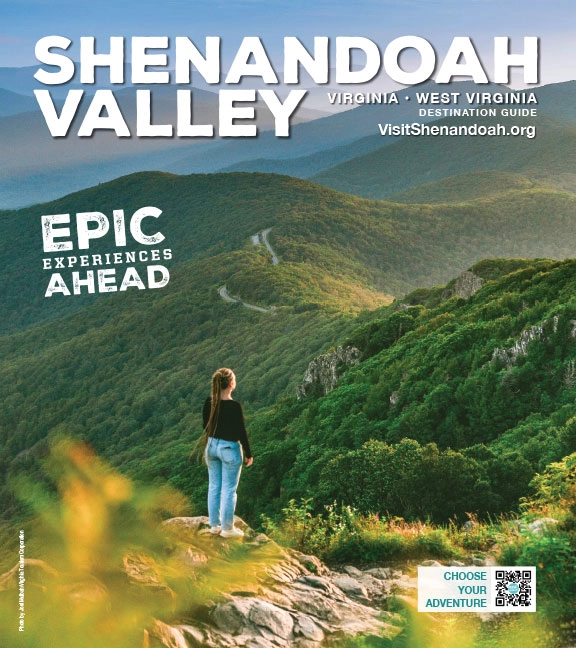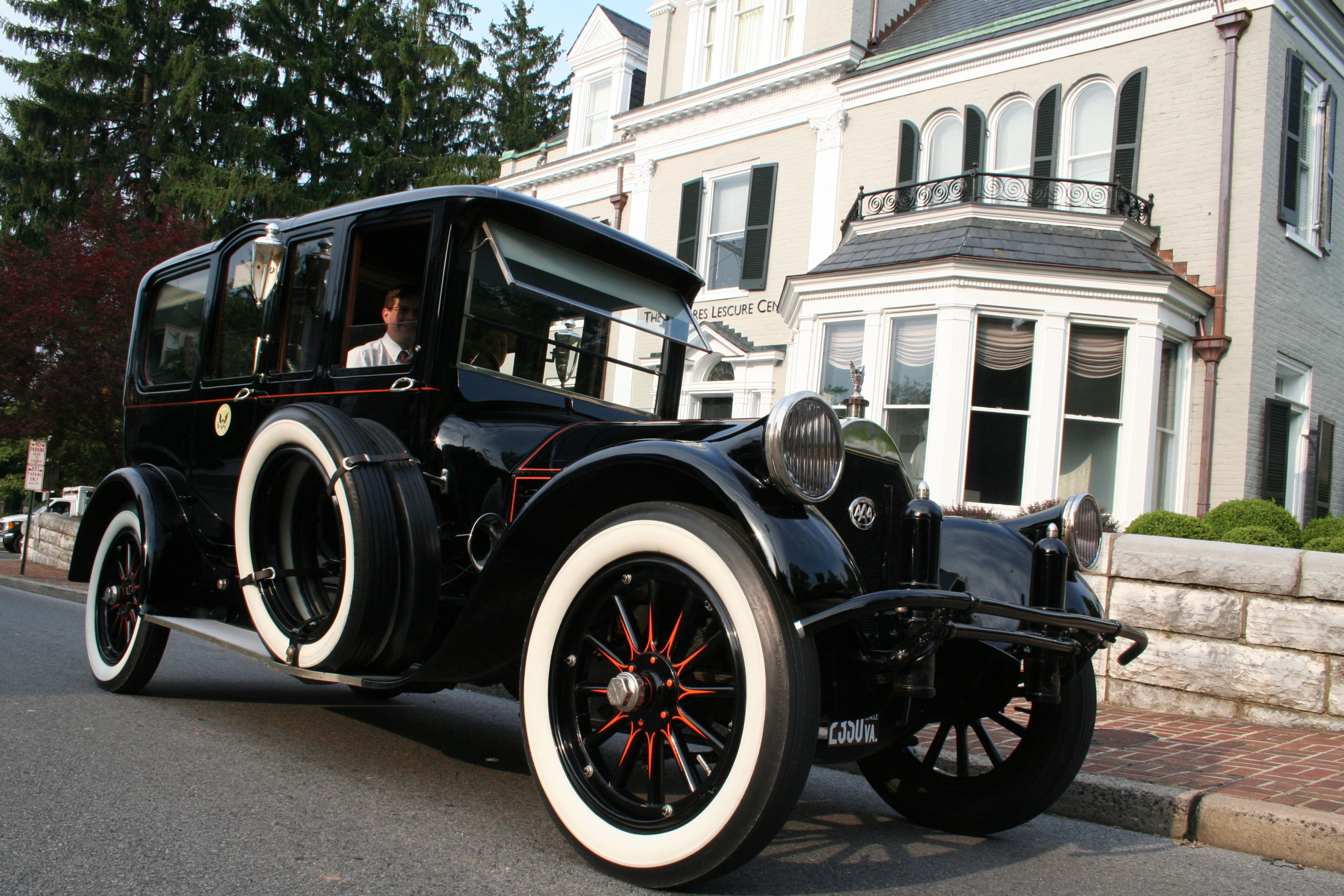This Presidents Day you’re invited to explore western Virginia’s presidential sites. We have an easy, numbered run-down and a map to help you plan your weekend trip.
1. George Washington’s Office | Winchester
From September 1755 to December 1756 George Washington occupied a single room log cabin in Winchester. It was his military office from which he directed the construction of Fort Loudon. Today that office is one room of the George Washington Office Museum. The Museum is open April 1 through October 31.
2. Camp Rapidan at Shenandoah National Park | Luray
President Herbert Hoover set up Camp Rapidan in 1929 as a private, personally owned getaway – a retreat from the White House. In fact, it was the first presidential retreat complex of any kind and consisted of 13 buildings. Financially, the Hoover’s owned the land and their furnishings; the government owned the buildings (constructed by the Marine Corps). The land conveyed as part of Shenandoah National Park in December 1935. Jimmy Carter was the last president to use the camp.

3. Thomas Jefferson’s Monticello | Charlottesville
A labor of love, Monticello was designed by and constructed under the watchful eye of Thomas Jefferson between 1768 and 1809. Substantial in its final form, Monticello is approximately 11,000 square feet and was the first American home to feature a dome. Be sure to delve into Slavery at Monticello for a deeper understanding of life at Monticello and Jefferson’s relationships with enslaved men, women, and children.
4. Thomas Jefferson’s Poplar Forest | Forest
Because building one home wasn’t enough, Thomas Jefferson also built another. Poplar Forest was built between 1806 and 1826 on land inherited from his father-in-law. A study in geometry and a marriage of Renaissance Palladian and 18th century French architecture, Poplar Forest was Jefferson’s retirement retreat and the place he seemed most at peace.
5. Natural Bridge State Park | Natural Bridge
Touched by two presidential figures, the soaring 215-foot limestone arch at the heart of Natural Bridge State Park was surveyed by a young George Washington in 1750. His initials are carved into the wall of the bridge and it is alleged they were put there by his own hand. On July 5, 1774, Thomas Jefferson received the patent for the land (157 acres and including the bridge) from King George III. He paid roughly $160 for it in today’s money, according to the Thomas Jefferson Foundation.

6. Woodrow Wilson Presidential Library | Staunton
The 28th President of the United States, Thomas Woodrow Wilson, was born in the Presbyterian Manse in Staunton, Virginia on December 28, 1856. He did not remain in Virginia, however, leaving at the ripe age of one when his father was called to pastor a church in Georgia. A visit to the Woodrow Wilson Presidential Library and Museum is a visit to his restored birthplace, a walk into 1856 complete with Wilson family belongings.
Header image courtesy of Woodrow Wilson Presidential Library & Museum.







